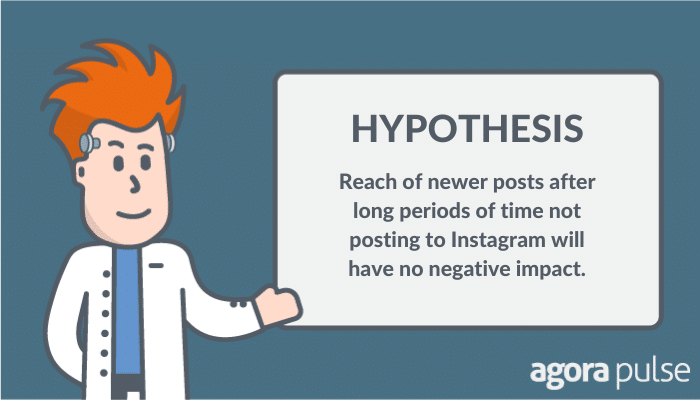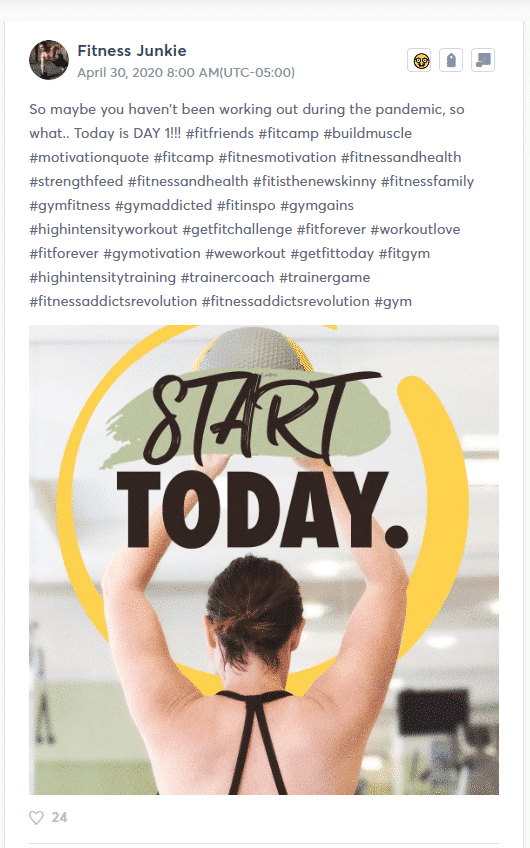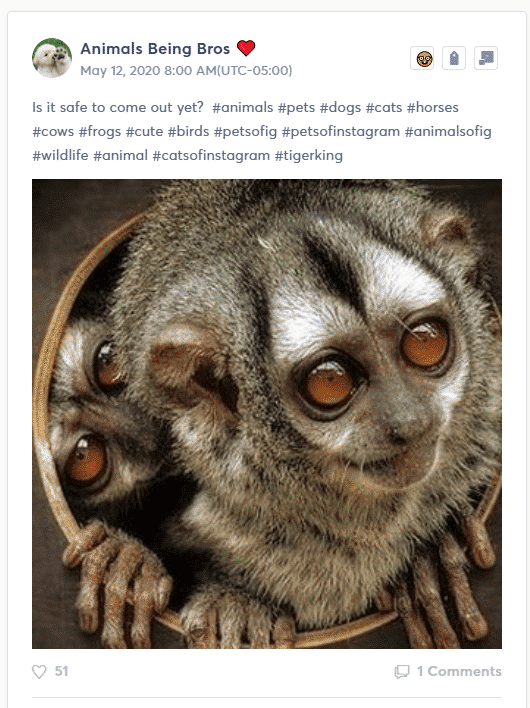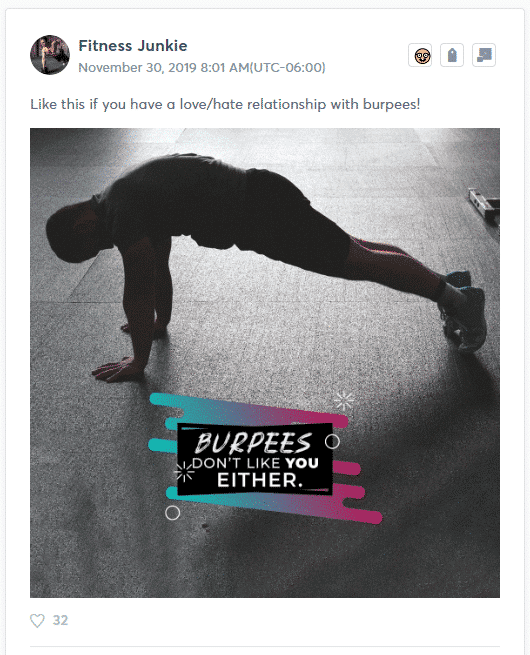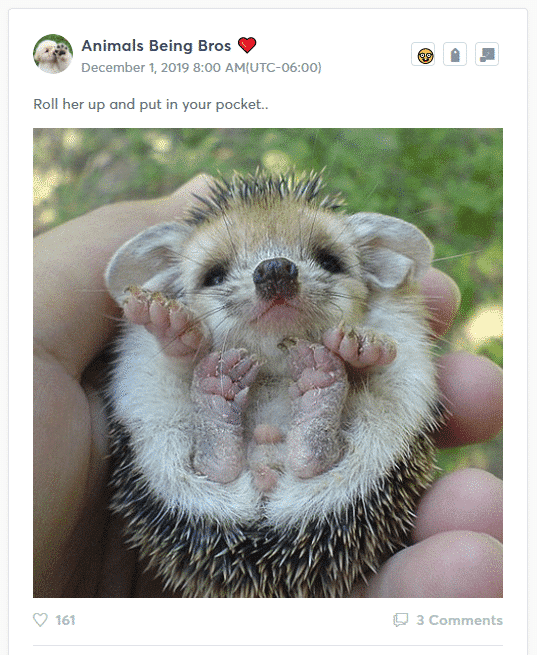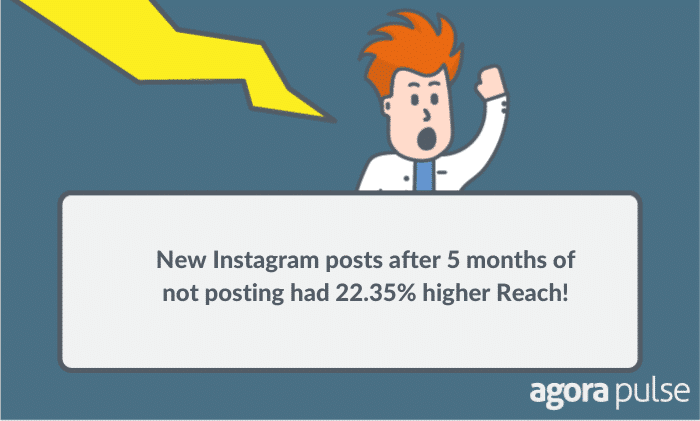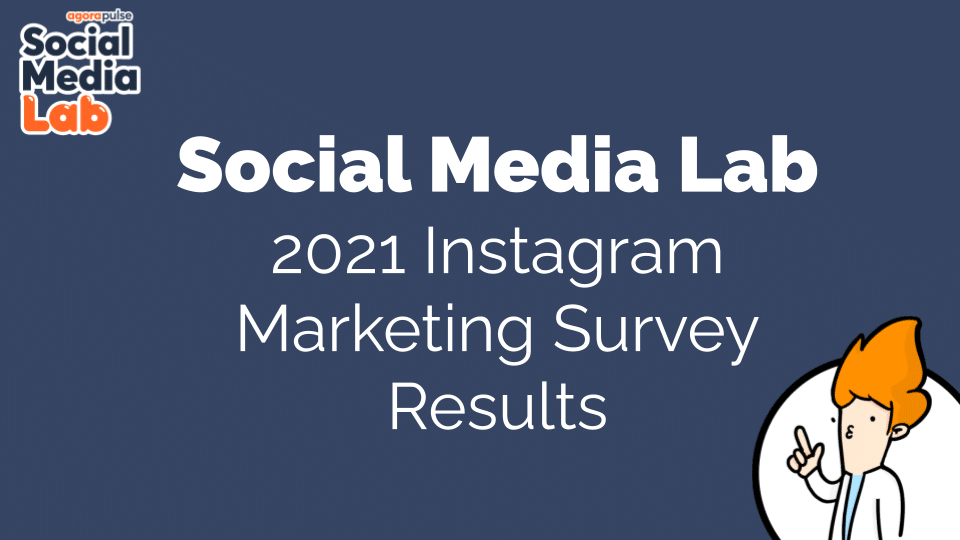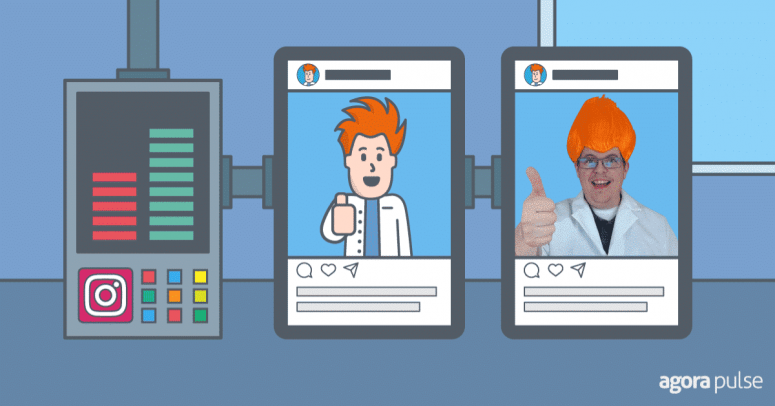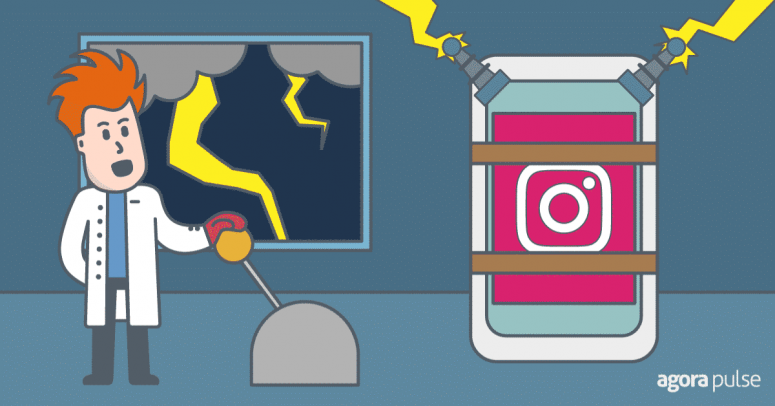
Resurrecting Dead Instagram Accounts
Social Media Lab powered by Agorapulse
Bring Your Dead Instagram Accounts Back To Life!
Subscribe to the Social Media Lab Podcast via iTunes | Stitcher | Spotify
Dead Instagram accounts are the worst!
Let’s say you get busy in life running your business, dealing with kids, or perhaps focusing on other social platforms—then realize months have passed since you last posted to your Instagram account.
Perhaps you’ve lost your creativity or motivation. Or the person at your company that posted to Instagram left the company.
Whatever the reason, you’re looking at your Instagram account and feeling guilty for not posting in so long.
Should you start posting again? Will you get any engagement or has everyone forgotten about you?
Many social media managers end up in this situation and ask themselves those questions about their Instagram accounts. I ran into this, too, so I decided we should test it in the Social Media Lab.
I use eight different Instagram accounts when I test organic strategies on Instagram.
These accounts are in a wide array of niches:
- Trucking
- Motorcycles
- Fitness
- Tourism
- Bigfoot (yes, the big hairy creature)
- Animals
- Motivational quotes
(This diversity of accounts ensures we are testing the Instagram algorithm, not simply an audience.)
Making the time to create content for these accounts when I’m not testing something is difficult, however.
No Posts for 5 Months!
I realized in February that I hadn’t scheduled any content on these accounts in over two months after I conducted an experiment as to whether Instagram photos should have text on them.
Once noticing this, I decided to intentionally not post for another 2-3 months so that I could try this experiment!
The marketer in me hated not posting, assuming my accounts were dying a slow death. But for SCIENCE I had to stick to the plan.
In a previous experiment, I discovered that cutting your Instagram posting frequency in half had no real impact on Reach or engagement. Instagram marketing expert Jenn Hermann has said many times during presentations that she goes months without posting and sees no drop in her analytics.
It’s hard to argue with Jenn, and you’d likely lose that argument!
Hypothesis: The Reach of newer posts after long periods of time not posting to Instagram will have no negative impact.
Although I’m fearful my followers will have forgotten about me and won’t see my newer posts, I’m leaning on Jenn’s expertise.
How We Tested
There isn’t much involved in the setup of this test other than not posting for five months.
But, there are some details regarding the posts and the test we need to cover.
As mentioned, eight different accounts were used for this test from varying niches.
Schedule
Most of the selected Instagram accounts had no new posts between November 30, 2019, to April 23, 2020, with one account not having any posts from September 13, 2019, until April 25, 2020.
On each account, two posts per week were scheduled for four weeks as a part of this test using the Queue categories within Agorapulse with a schedule similar to this on every account:
Some accounts posted on Monday/Thursday, some Wednesday/Saturday. All accounts posted at the same time on those days and all in the morning.
With each account sticking to the same pattern on that account, I received unbiased data.
Why didn’t I post at night? I didn’t see any compelling reason for this as I wasn’t testing the time of day or day of the week. But I wanted times on each account to be the same, so that data wasn’t skewed due to perhaps evening doing better/worse than the morning posts.
Content
Content posted to each account during the test was similar to previous posts.
A few examples:
These are posts made to the same accounts before our attempt at reviving them:
As you can see the photos were similar regardless of when posted.
Hashtags
On the newer posts, to help revive the account, hashtags were used.
I wanted to see whether hashtags caused the accounts to grow as well as get more engagement since I hadn’t posted in many months.
Instagram will allow us to see the percentage of those that saw our posts that weren’t currently our followers, meaning they saw the post via the hashtags.
Later we’ll compare this percentage during the test to the percentage of users that didn’t follow us and saw our posts before this test not using hashtags.
Data on Dead Instagram Accounts
After averaging all accounts used for this test, we find the following regarding the new posts:
- Reach 22.35% higher
- Likes 23.08% higher
- Comments were even.
It seems we can revive dead Instagram accounts after all!
But since we were using hashtags on the new posts, I wanted to ensure we are comparing things a bit deeper.
In removing the highest and lowest performing Reached posts, we find that new posts had 15.95% higher Reach, compared to 22.35% comparing all posts.
To take this one step further, if we simply remove the posts from each account with the highest Reach on the new posts with hashtags, we find Reach is 10.98% higher.
It’s obvious that the new posts got more Reach and more engagement. But what is the impact of hashtags?
When we look at every post from this test, we find that 22% of the people who saw the new posts weren’t followers. However, 19% of people who saw the old posts weren’t followers.
That’s not a huge difference.
Our conclusion at the Social Media Lab, based on our data, is that you can revive dead Instagram accounts!
Using hashtags helped us, yes. But not to a degree that our data was swayed.
What this tells us is that: If you’ve neglected your Instagram account for months, you can revive it. Just start posting! Instagram will still show your content to your followers, and they will continue to see and engage with it.
So start posting again and be sure to follow a schedule, and utilize hashtags to get engagement.gement.
